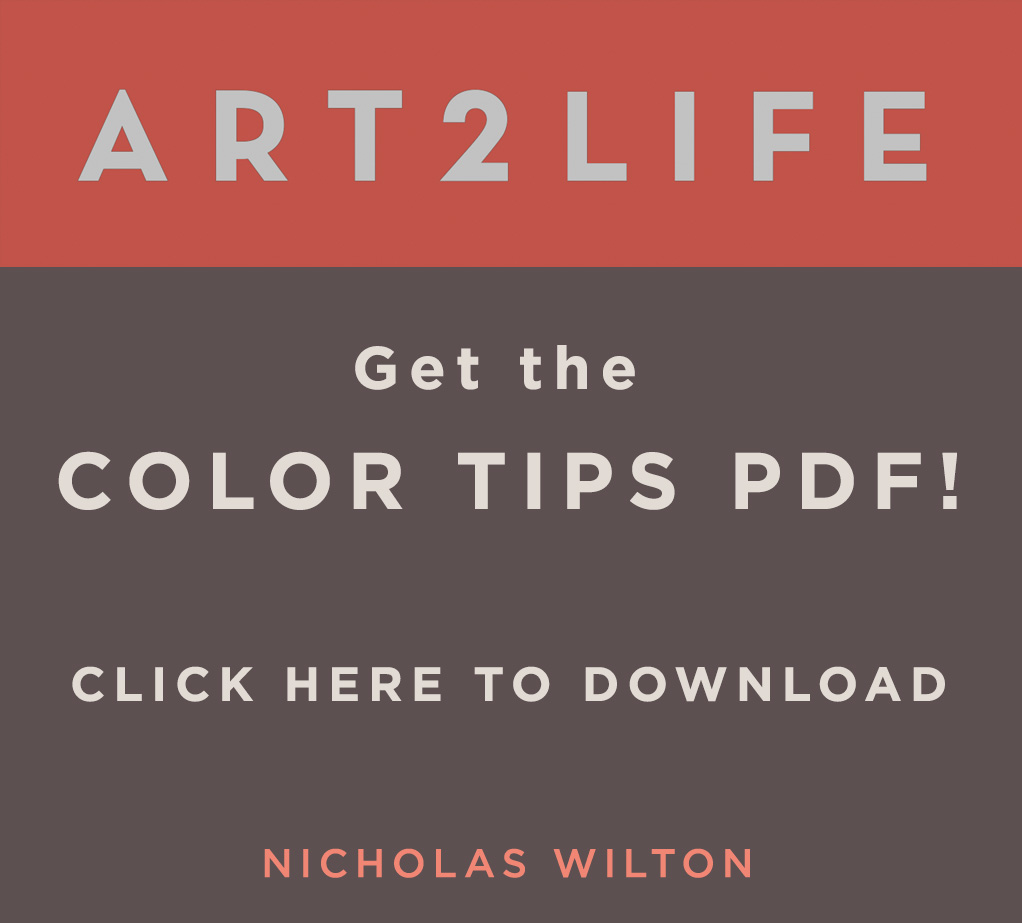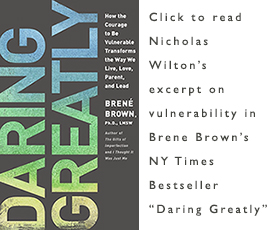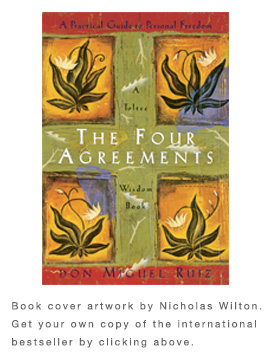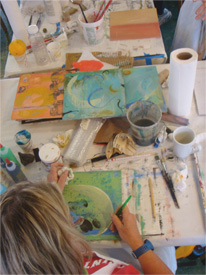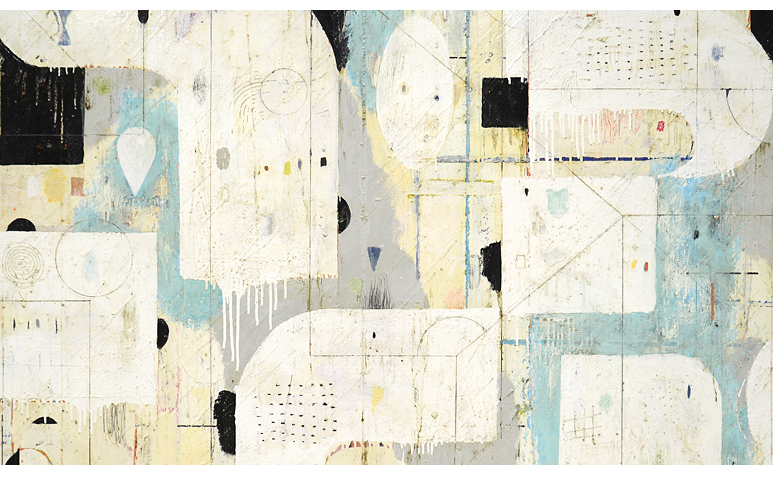 I have noticed an interesting thing about how I learn and improve my art. I used to think the more time I spent painting – meaning the actual, physical time I spent working hard – was in direct proportion to how much my work improved.
I have noticed an interesting thing about how I learn and improve my art. I used to think the more time I spent painting – meaning the actual, physical time I spent working hard – was in direct proportion to how much my work improved.
Over the years, working hard is just something I felt was my only option if I wanted to make my art really great. The harder I worked, I thought, the faster and better my art would become…Now, years later, I think that maybe I had it all wrong.
I began to understand when I was listening to the poet and philosopher David Whyte speaking in San Francisco a couple of years ago. He said something I didn’t completely understand at the time, but which I wrote it later so that I could.
He said, “…Visitation, absence, visitation, absence, visitation, absence, (he this repeated over and over again) is how we learn.” In other words, the time between the periods of effort, the pauses are fundamentally as important as the periods of work. He believes that this “on, off and on again “ process produces more consistent, more substantial results. It is not how long we work but rather how often. I have now come to realize that this is also true for me.
I taught a 5-day workshop on Vancouver Island in British Columbia. This is an amazing opportunity for people to spend an unbroken period of time just focusing on their art. The improvement is extraordinary. However, I also have taught a 6 week, 3 hours per week evening course in my studio. What I have seen, amazingly, was that these students – even though they were only working 3 hours a week – also have had similar remarkable improvement even though they were working half as much time as those in the workshop.
I now understand that even though they were not physically painting as much, they were, nonetheless, still thinking about principles they had learned. Examples of color, value, and composition all begin to creep into their everyday life and as a result their visual sensitivity increases. Miraculously they just improved every time they came to class.
So maybe we don’t need to work harder forever and ever, but instead just sometimes put the brushes in the can of turpentine and go away for the afternoon. In the name of improving my work, I now should go bird watching more often. Or collect driftwood or even play some bocce ball. Just mix it up.
Visitation, absence, visitation, absence. This is truly how we learn. I think this way of working is going to work out much better not just for my art but for my life as well.
What do you do to stay inspired with your work?
In gratitude, Nicholas
